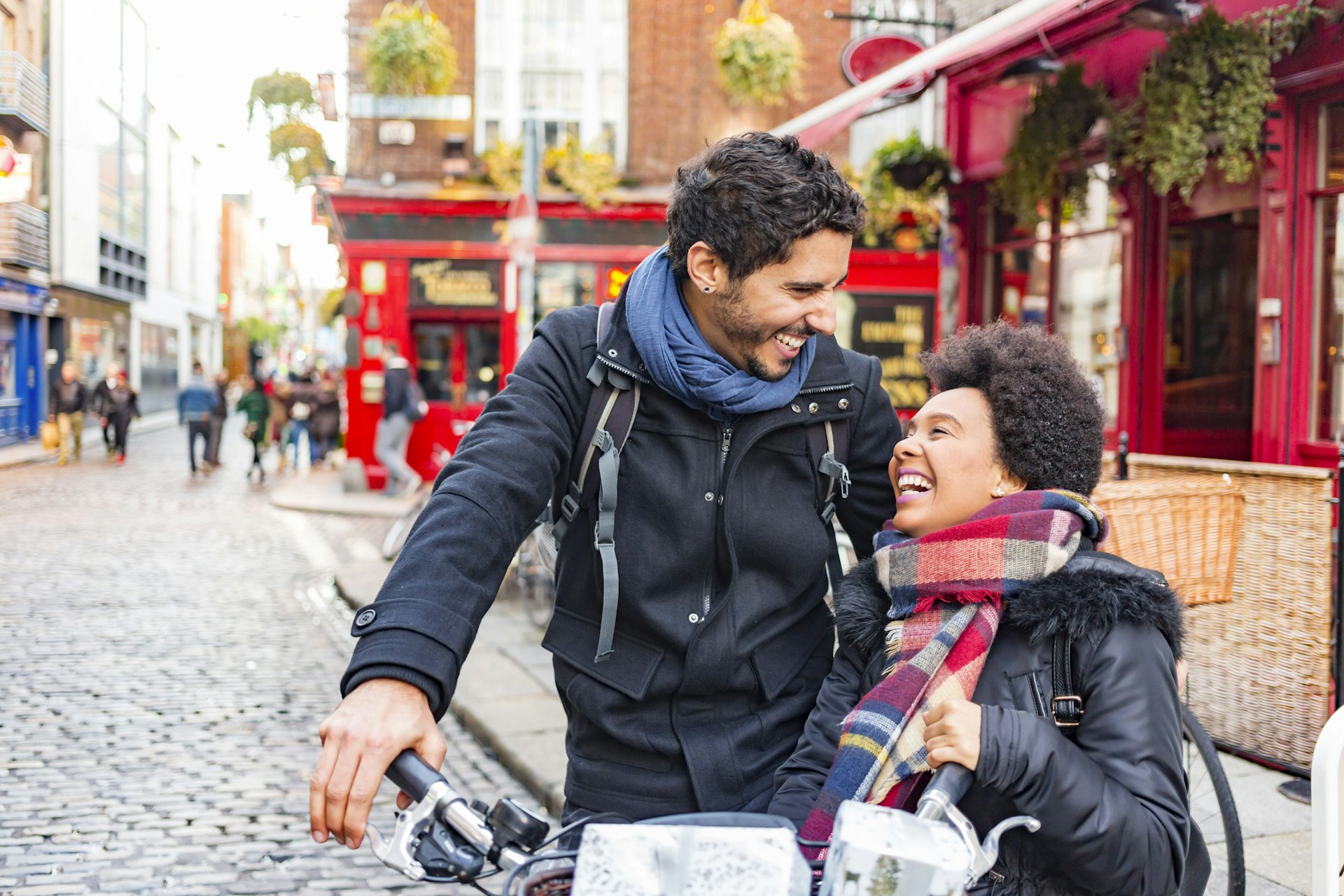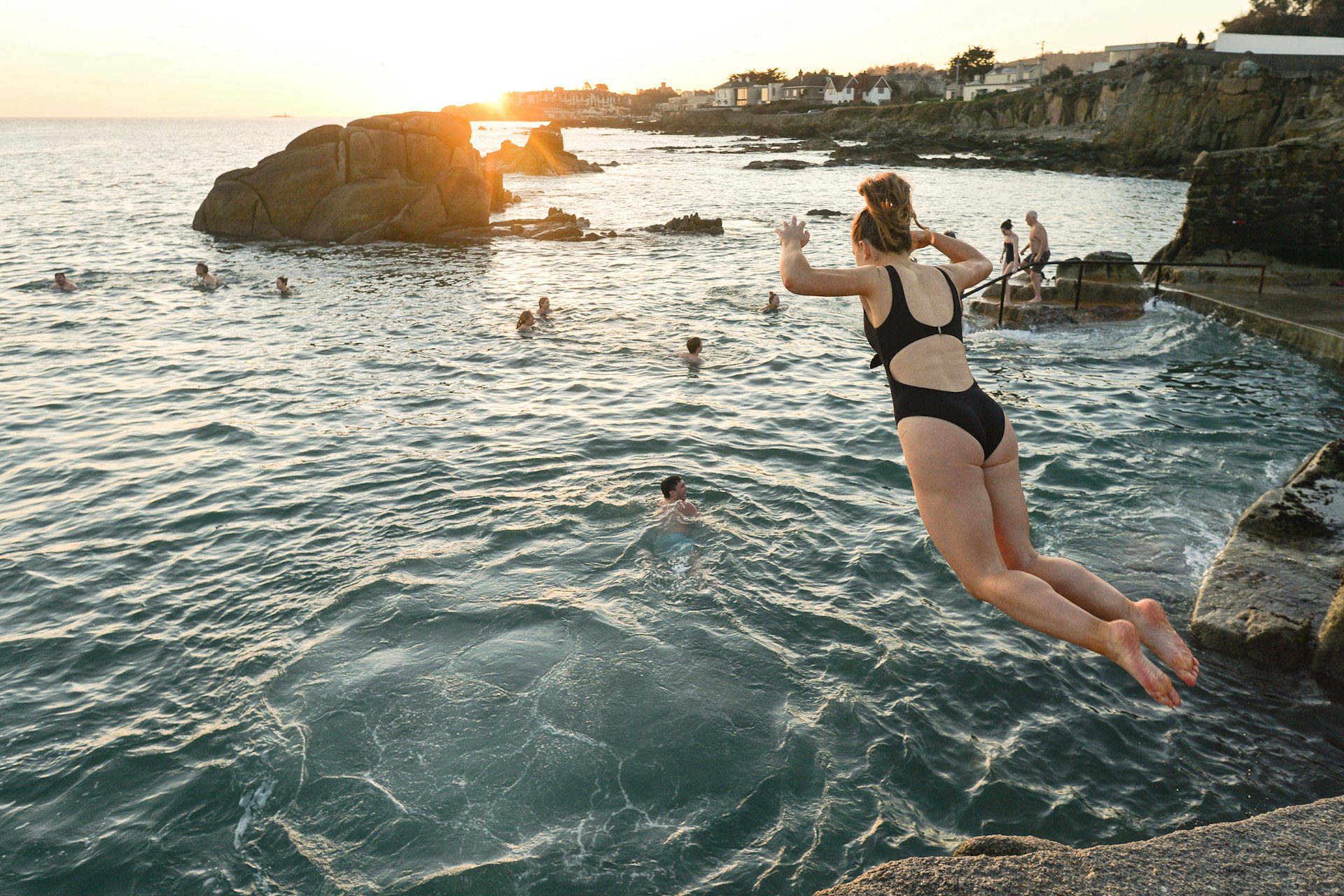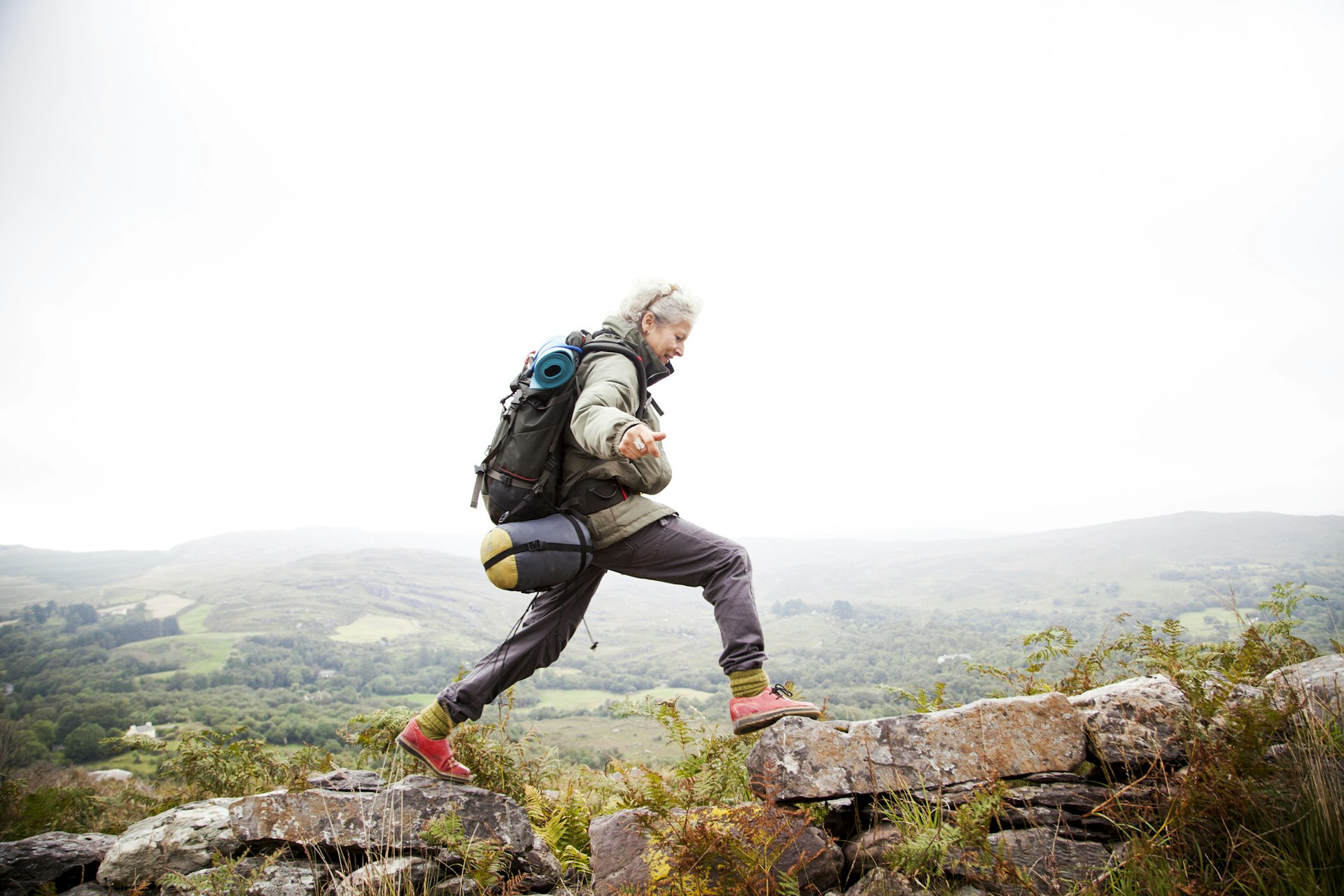A lifetime of living in Ireland has given me some insight into the vagaries of my home country, beginning with the number one rule: never assume anything. This is a country that delights in confounding even your most comfortable expectations about pretty much everything, from the weather to the quality of the wifi.
Here are 10 tips that I’m pretty comfortable giving anyone who plans a visit, whether for the first time or the fifth. I’ve got some practical tips around VAT refunds and the most efficient ways to get around, but then there’s a bunch of suggestions on how to crack the mightiest nut of all – the Irish themselves. Because be in no doubt, while Ireland has gorgeous landscapes, a rich history and the best pubs in the world, your visit will only be truly memorable if you get to know the people – friendly and welcoming but often contradictory and inscrutable.
1. Plan on at least seven days to start making sense of the country
Ireland is small, but there’s an awful lot to it. Luckily, distances in Ireland aren’t huge so you can get most anywhere in a few hours, but the list of where to go can get very long, very quickly.
It’ll take you a couple of days to even begin to make a dent in Dublin, but once you go beyond the capital you’ll need at least five days to make a lightening stop tour of the major highlights of the west: Galway and Connemara, Clare (where you’ll find the Cliffs of Moher and the most authentic traditional music in the country), Kerry (you’ll need a whole day just for the Ring of Kerry and another for the Dingle Peninsula) and Cork, only it’s time to go home so you can only make enough time for Cork City.
Clearly the only solution is to plan for a month; at the end of it, you’ll be wanting to stay a year.
2. Keep it to casual wear
The Irish aren’t big on formal wear and only pull it out for very specific occasions (a wedding, a ball, the opening of a parliamentary session). Which means you can wear pretty much whatever you want: smart casual is the most you’ll need for fancy dinners, the theatre or the concert hall.
Irish summers are warm but rarely hot, so you’ll want something extra when the temperatures cool, especially in the evening. Ultimately the ever-changeable weather will determine your outfits, but a light waterproof jacket should never be beyond reach for the almost-inevitable rain. If you’re planning on doing a lot of walking – in cities or on hills – a good pair of walking shoes, preferably waterproof, will do the trick.
Add these top beaches around Ireland to your travel itinerary.
3. The land of a 100,000 welcomes
Céad míle fáilte – literally, 100,000 welcomes. The famous Irish greeting suggests a country that is big on displays of affection, but nothing could be further from the truth. A firm handshake – with eye contact – is the appropriate greeting when meeting men, women and older children for the first time. Once a friendship is made, then all bets are off and anything goes, from a hug and a kiss on the cheek (primarily amongst female friends) to an air nod and a casual “hey”.
Younger Irish are less formal than their older counterparts, but even they generally eschew effusive greetings: more often than not, a quick handshake and a casual nod is the best way to say hello for the first time.
4. The Irish love to talk, until they don’t
The Irish are renowned for their chat, but with people they don’t know particularly well they generally like to keep it to topics that are light and not likely to embarrass. Despite their gregarious nature, the Irish tend to be reserved when it comes to life’s more serious issues and are very mistrustful of “oversharers”.
The old adage that the Irish will talk about anything except sex, religion and politics is something of an over-simplification, but if you do find yourself steering into deeper waters around sensitive topics it’s always better to listen: locals aren’t shy about getting into heated discussion amongst themselves about all kinds of topics but take a dim view of outsiders who express (even legitimate) criticisms of Ireland or the Irish.
5. You’d better learn about the rounds system
It’s a firm rule of drinking with locals. If someone buys you a drink, you’re obliged to buy them one back – this is the bedrock of Irish pub culture. Nothing will hasten your fall from social grace here like the failure to uphold this pub law.
The time to repay the drink you’re drinking? It’s when the person you’re drinking with is just about to finish theirs. It doesn’t matter if you’re halfway through your own drink at that moment: you can’t let your drinking buddy sit in front of an empty glass. Your greatest challenge will probably be trying to keep up with your fellow drinkers, who may keep buying you drinks in every round even when you’ve still got a collection of unfinished pints in front of you and you’re sliding face first down the bar.

6. The best way to visit cities is on foot or by public transport
Driving and parking in Irish cities is a nightmare. There’s no free parking anywhere; the unrelenting traffic will test even the most patient of drivers; and the one-way systems in major urban centres will confound you to the point of madness (although map apps are pretty good at pointing you in the right direction).
The good news is you don’t need a car to visit any Irish city. Dublin, the biggest by far, has a pretty decent system of public transport, but even then most of the major sights are within walking distance of each other. Same goes for Cork, Belfast, Limerick and Galway, which are more easily explored without a car.
Save this guide to the best road trips in Ireland.
7. The easiest way to explore Ireland is by car
If cities are best experienced without a car, the most effective way to explore the rest of the country is with one. The bus network, made up of a mix of public and private operators, is extensive and generally quite competitive, though journey times can be slow and lots of the points of interest outside towns are not served. The rail network is quicker but more limited, serving only some major towns and cities. Both buses and trains get busy during peak times; you’ll need to book in advance to be guaranteed a seat.
Cars can be hired in every major town and city. The Irish drive on the left hand side; distances and speed limits in the Republic are measured in kilometres, but once you cross the invisible border into Northern Ireland everything switches to miles.
8. Ireland is good cycling country
Ireland’s compact size and scenic landscapes make it a good cycling destination, albeit one you need to prepare for. The weather is unreliable, roads can be very narrow and Irish drivers tend to drive quickly, even on those narrow roads. A growing network of greenways, such as the 42km Great Western Greenway in County Mayo and the Royal Canal Greenway that runs through the midlands, are a great and hassle-free way to see the country from two wheels. A good tip for cyclists in the west is that the prevailing winds make it easier to cycle from south to north.
Buses will carry bikes, but only if there’s room. Intercity trains will also carry bikes, but you’ll need to book a space in advance as there’s limited capacity. Suburban rail services in Dublin won’t take bikes during rush hour (7am to 10am and 4pm to 7pm). A number of Irish companies arrange cycle tours, including Go Visit Ireland and Cycling Safaris.

9. Pick the right season to travel in Ireland
June to mid-September is high season: the weather is at its best and the most popular parts of the country – Dublin, Kerry and the southern and western coasts – are at their busiest. The downside is big crowds and the highest rates for accommodation and car hire.
Rates drop off from mid-September as the crowds start to thin, but most tourist spots are still open to take advantage of the last weeks of the season. Although weather can never be predicted with any degree of accuracy, the weather can be surprisingly lovely right up to mid-October.
Low season runs from November to the middle of March; Irish winter days are short, damp and cold, but the upside is fewer visitors and some terrific accommodation deals. A lot of the west coast goes into winter hibernation, though, with a lot of attractions and hotels closing down; if you’re planning to visit during this time you should check what’s open before you travel.
Ready to head to Ireland? These are the best times to visit.
10. Claim your VAT back if you’re visiting from outside the EU
Most goods come with value-added tax (VAT) of 23%, which non-EU residents can claim back as part of the Retail Export Scheme, so long as the purchase was made with a credit card. Visitors from the UK can also benefit from this, but not visitors from Northern Ireland.
Before making a purchase, check with the retailer that they operate the scheme. If they do, you will be issued an export voucher for the purchase, which you need to get certified by customs when you leave Ireland. The voucher is sent back to the retailer who then refunds you the VAT (minus any processing fee).
Rather than operate the scheme themselves, many retailers use VAT-refunding agencies, whereby you go through the same process of presenting the agency’s own certificate at customs. Some agencies, though, operate a scheme where you don’t pay any VAT upfront, but if you don’t file the paperwork correctly (either sending it back to the agency or presenting it to customs) your card will be charged later. Some goods such as books, children’s clothing and educational items are excluded from VAT.
